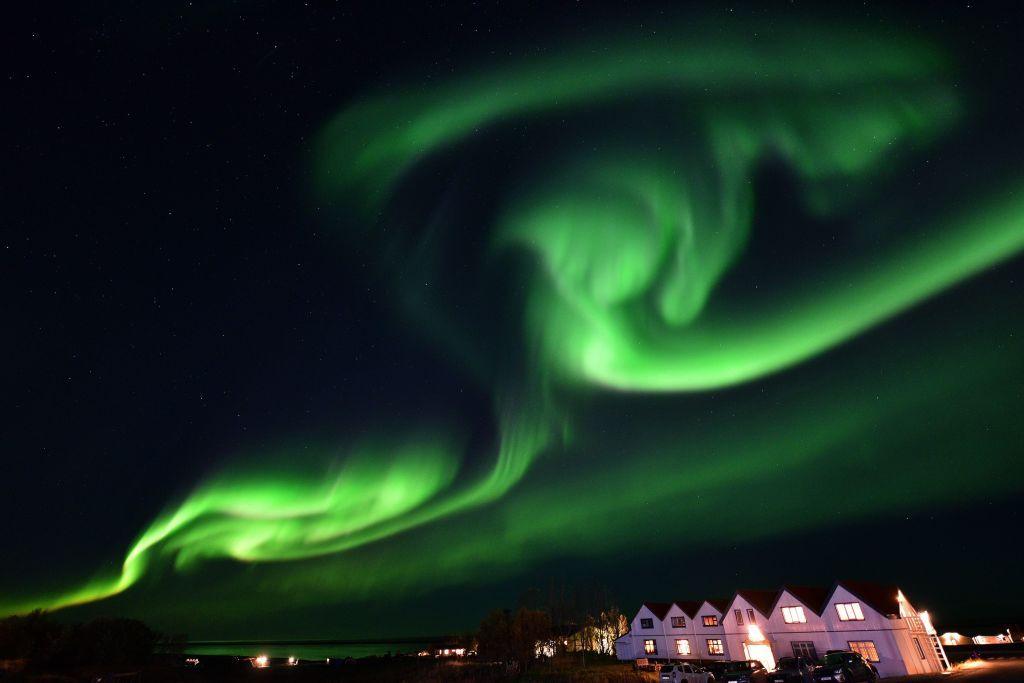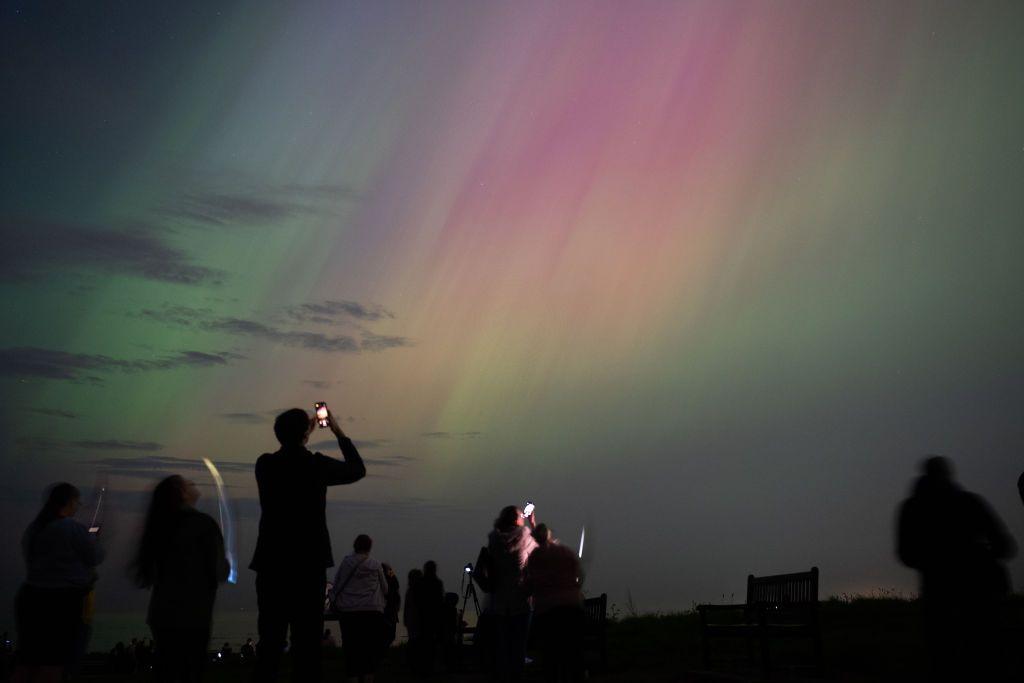What do the Northern Lights look like from space?
Here's what the aurora borealis looks like from space!
- Published
Have you ever wondered what the Northern Lights look like from space?
Recent footage from the International Space Station (ISS) has revealed all and it's a pretty incredible sight.
The images show the mesmerising greens and reds of the Northern Lights, also known as the aurora borealis, twinkling away in the dark skies over Canada.
More space stories
Planetary parade 2025: Six planets line up across night sky
- Published25 January
'Awesome' to meet astronaut at school
- Published13 January
How to catch January's 'planetary parade'
- Published8 January
The lights are usually seen from the ground, so it's a rare sight to view them from such a high perspective.
The phenomenon tends to be most visible in places close to the north pole like Norway, Finland, Greenland, Alaska, Canada, Antarctica and Russia.
However, the Northern Lights can sometimes be seen in the UK, and the further north you go, the more likely they are to be visible.
What are the Northern Lights and when is the best time to see them?

Did you know the Northern Lights are actually caused by the Sun?
Solar storms on the Sun's surface give out huge clouds of electrically charged particles. These particles can travel millions of miles, and some may eventually reach the Earth.
The charged particles from the Sun aren't dangerous and move towards Earth's north and south poles.
This is why the Northern Lights, or aurora borealis, are seen closer to the Earth's north and south pole.
In the southern hemisphere, it's called the Southern Lights, or the aurora australis.

The Northern Lights can sometimes be seen from the UK
Different gases give off different colours when they react with the Sun particles in the atmosphere. The green we see in the aurora is oxygen, while hints of purple, blue or pink are caused by nitrogen.
The Northern Lights can be seen more clearly on some days depending on the conditions.
A dark and clear sky with as little light pollution as possible provides the best chances of them being visible.
More of the latest
- Published12 February

- Published13 February

- Published12 February

